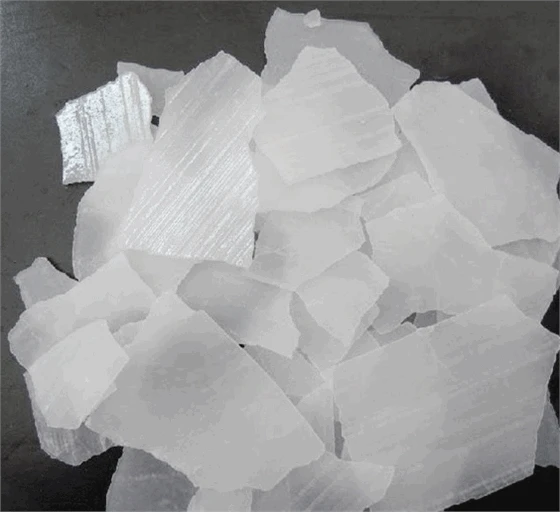



percentage of nitrogen in calcium ammonium nitrate
The Percentage of Nitrogen in Calcium Ammonium Nitrate A Deep Dive
Calcium Ammonium Nitrate (CAN) is a popular nitrogenous fertilizer widely used in agriculture. Composed of calcium carbonate and ammonium nitrate, it is known for its balanced nutrient supply, offering both calcium and nitrogen. In this article, we will explore the percentage of nitrogen in Calcium Ammonium Nitrate, its significance in agriculture, and the implications for crop production.
Understanding Calcium Ammonium Nitrate
At its core, Calcium Ammonium Nitrate is a compound that provides essential nutrients to plants. It typically consists of approximately 27% nitrogen, which plays a crucial role in plant growth and development. This nitrogen comes from both ammonium (NH4+) and nitrate (NO3-) forms, making it readily available for plant uptake. The presence of calcium (Ca) in the fertilizer also contributes to soil health and structure, enhances root development, and helps manage soil acidity.
The Importance of Nitrogen
Nitrogen is one of the three primary macronutrients essential for plant growth, alongside phosphorus and potassium. It is a key component of amino acids, the building blocks of proteins, and is vital for producing chlorophyll, which is necessary for photosynthesis. The adequate supply of nitrogen leads to vigorous growth, enhanced green foliage, and better yields of crops. However, an imbalance—either too much or too little nitrogen—can have detrimental effects.
Nitrogen Percentage in CAN
As mentioned earlier, the nitrogen content in Calcium Ammonium Nitrate typically stands at around 27%. This percentage can vary slightly depending on the formulation, but it is generally recognized as a reliable estimate for standard CAN products. The nitrogen in CAN is available in two forms ammonium nitrogen and nitrate nitrogen. This combination ensures that nitrogen is accessible to plants throughout different stages of their growth, benefiting crop performance.
To break it down further, in the composition of 100 grams of Calcium Ammonium Nitrate, approximately 27 grams are nitrogen. This efficiency makes CAN an attractive option for farmers looking to enhance soil fertility without the burden of excessive application.
percentage of nitrogen in calcium ammonium nitrate

Benefits of Using CAN
The dual-action of nitrogen sources in CAN provides farmers with a flexible nutrient management tool. When applied, the ammonium nitrogen can be taken up directly by plants and is slower to leach, which helps reduce nitrogen loss in the soil. On the other hand, the nitrate nitrogen is quickly available for plant uptake, facilitating immediate growth responses.
Moreover, the calcium component in CAN supports root development and improves soil structure, which in turn enhances water retention. This advantageous combination makes calcium ammonium nitrate particularly effective for crops such as cereals, vegetables, and fruits, where both growth and yield are paramount.
Environmental Considerations
While fertilizers like Calcium Ammonium Nitrate play an essential role in modern agriculture, it is crucial to consider their environmental impact. Excessive use of nitrogen can lead to runoff, contributing to water pollution and the eutrophication of aquatic ecosystems. Therefore, careful management and application techniques are necessary to optimize nitrogen usage while minimizing its environmental footprint.
Farmers are encouraged to employ soil testing and follow agronomic best practices to determine the precise nitrogen needs of their crops. This approach ensures that they maximize crop yields without oversupplying nutrients, thereby fostering sustainable agricultural practices.
Conclusion
The significance of Calcium Ammonium Nitrate in modern agriculture cannot be overstated. With about 27% nitrogen content, this fertilizer offers a reliable and effective way to support crop growth while providing essential calcium. Understanding the role of nitrogen in plant development and the benefits of using CAN can help farmers make informed decisions that promote healthy crops and sustainable practices. As agricultural challenges evolve, embracing such balanced fertilizers will be critical in fostering productivity and environmental stewardship in farming.
-
Why Strontium Carbonate Still MattersNewsJun.06,2025
-
Why BaSO4 MattersNewsJun.06,2025
-
Why Barium Carbonate Still MattersNewsJun.06,2025
-
Strontium Hydroxide: A Versatile Compound for Modern ApplicationsNewsJun.06,2025
-
Strontium Chloride in Daily IndustryNewsJun.06,2025
-
Pure Potassium Nitrate for SaleNewsJun.06,2025
-
What Is Sodium Bisulfate Used For?NewsMay.15,2025










